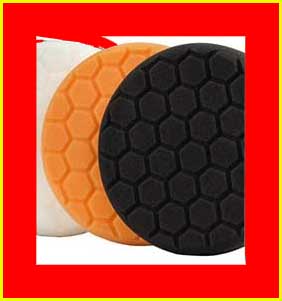ron56
- Reaction score
- 34
- Thunderbird Year
- 1956
I recently installed front disc brakes on my 56.This was after a near panic stop on the freeway and the car wanted to swap lanes. I bought my kit from NPD and it came with everything I thought I would need. I spliced the fail indictor switch wire on the combination valve to the oil pressure light so I didn't need to add a warning light if one side of the dual brake system failed. My big "what have I done" moment came when I applied the brakes during the first test drive. Way less stopping power than with the drum brakes I removed. I added the power brake booster before the conversion but anyone that has seen the OEM unit knows there is not much area for the vacuum to work with. To add to the problem I live in Utah where the ambient air pressure is around 4 in. lower than at sea level. My car idles at 14 in hg. So with the lower air pressure (7 psi) and under 30 sq in of diaphragm area to work with, it's not a lot of force. I then decided to look into vacuum pumps. I found a Hella UP28 with a mounting bracket that looked good for the project. I tie wrapped the pump in the car and ran a hose to the brake booster and I now had 20 in hg. I then ran the old engine vacuum hose to the discharge port on the pump and then got 22 in hg. So now I have 11 psi instead of 7. During the test run the difference was night and day. It wanted to put you through the windshield. Now only one problem, it turns out these pumps can't run continually. The next step was to find a vacuum switch, but I wanted to gain all the force I could. If I only used the vacuum switch I would need to adjust it to a little below the maximum vacuum level because I couldn't run the risk of the pump staying on all the time. This led to adding a time delay switch to the mix. I found an adjustable off delay module with a range of 0-60 seconds. Now when the vacuum switch shuts off at 19 inches the pump will run another 15 seconds which will build the vacuum to the 22 inches. Looking for a place to mount the electrical bits I realized that my unused voltage regulator was the perfect spot. There I have battery voltage and 12 volts when the engine is running. I have changed over to a alternator. I used the 12 volts from a running alternator to trigger a relay that in turn switches the battery 12 volts to the time delay relay and that relay is triggered by the vacuum switch. I removed all the guts from the regulator and insulated the 3 mounting lugs on the unit to which I used as the terminals. This required running only one wire to the vacuum pump which I mounted under the battery tray. Below the pump in the same area I installed a vacuum canister. I've driven the car about 500 miles now and everything seems to work as it should. Under hard braking it stops straight as an arrow.
I've included a couple of pictures showing the modified regulator with the fuse and the vacuum port showing on the side of the unit.


I've included a couple of pictures showing the modified regulator with the fuse and the vacuum port showing on the side of the unit.




